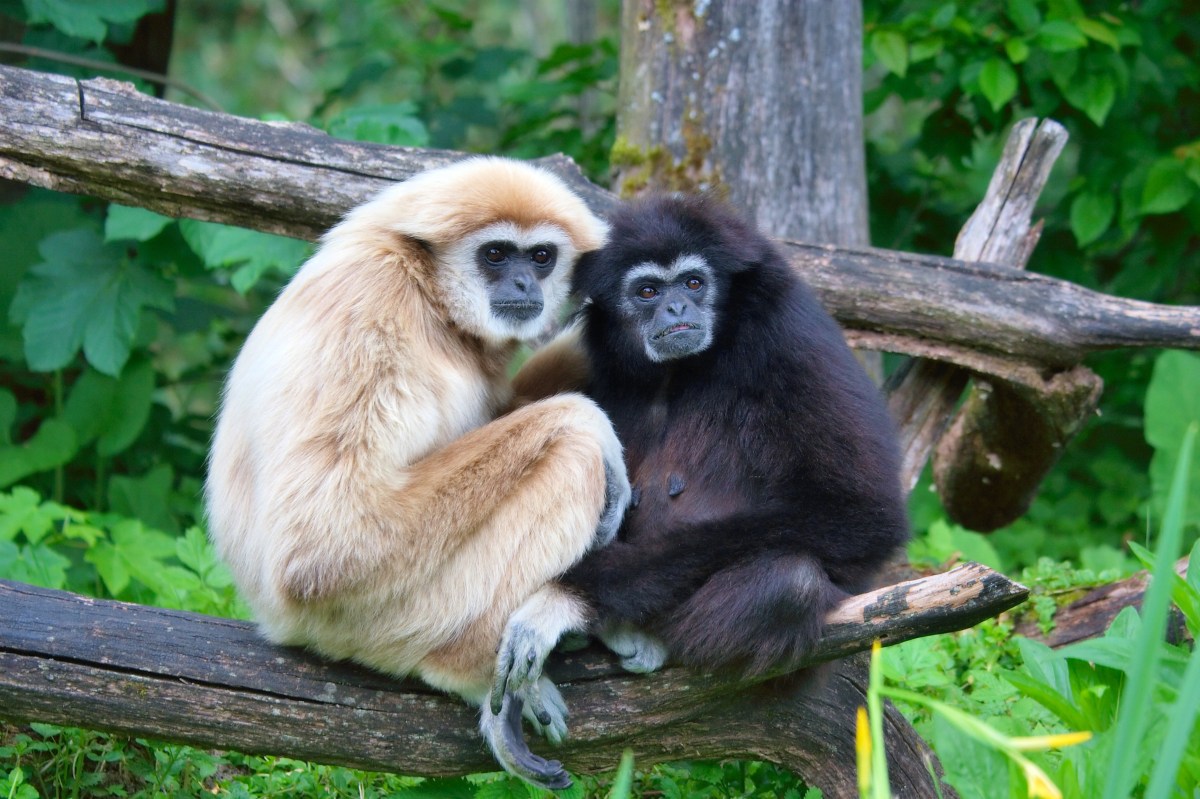Lady Xia’s tomb, excavated in 2004, was a treasure trove of artifacts. She had been the grandmother of China’s first emperor, Qin Shihuang, and her lavish tomb was filled with jade, gold, silver, engraved pottery, and two carriages complete with 12 horses, reports National Geographic. Twelve pits inside the tomb were also filled with bones from exotic animals, including an Asiatic black bear, a leopard, a lynx, a crane, and an unusual-looking gibbon. The latter’s skull was so unique that researchers now believe the primate belongs to a new, but extinct, genus and species. The discovery provides strong evidence of early human exploitation of the creatures, which will help scientists understand the extent of human influence on past primate extinctions.
“There’s very little known about primate extinctions—almost nothing,” said study coauthor James Hansford, a postdoctoral research associate with the Zoological Society of London, according to Nat Geo. “Just establishing the fact that it existed is a hugely important thing,” says Hansford.
Thanks for reading InsideHook. Sign up for our daily newsletter and be in the know.


















